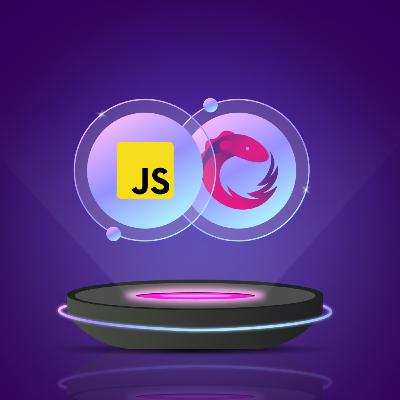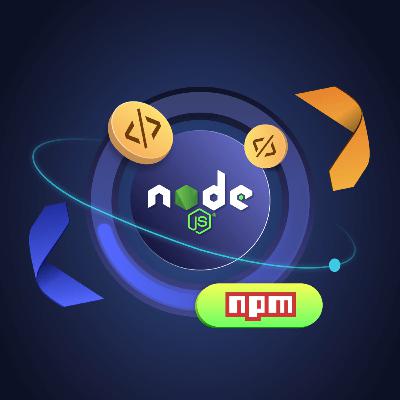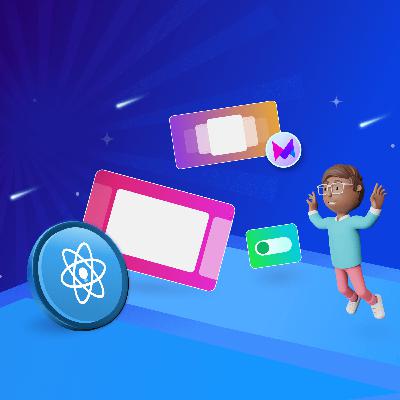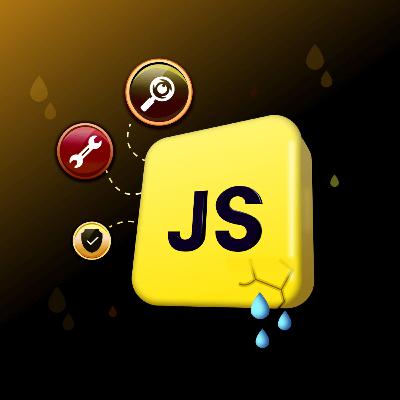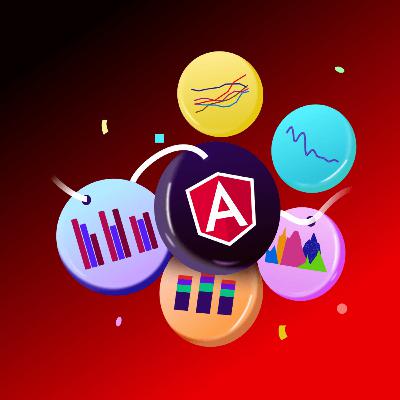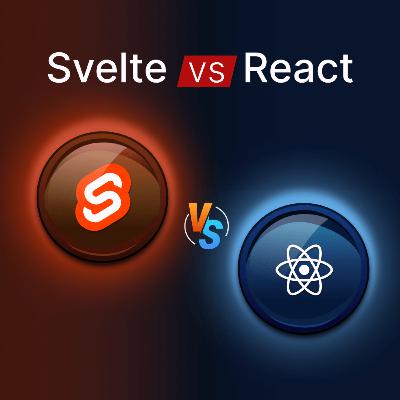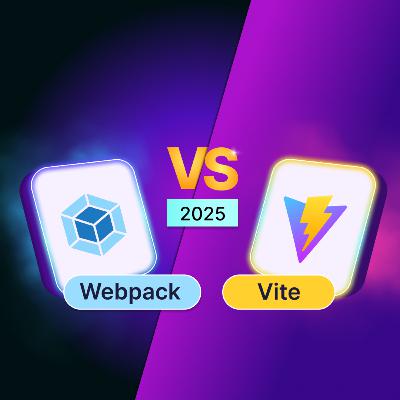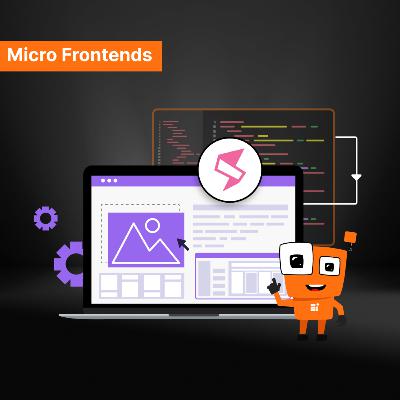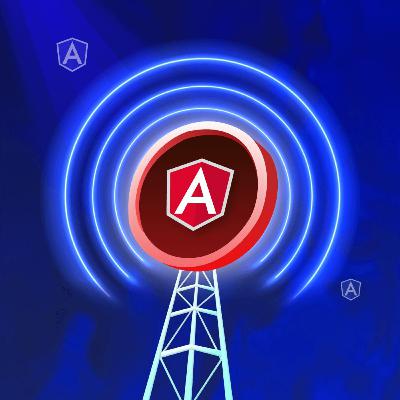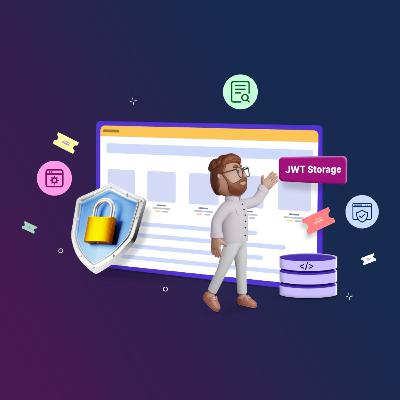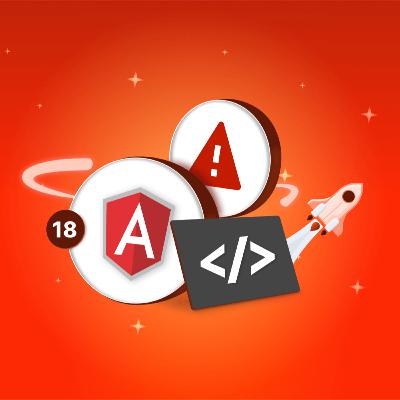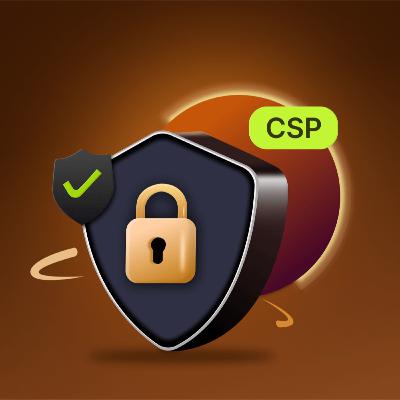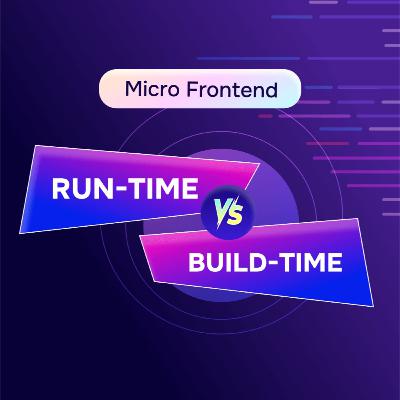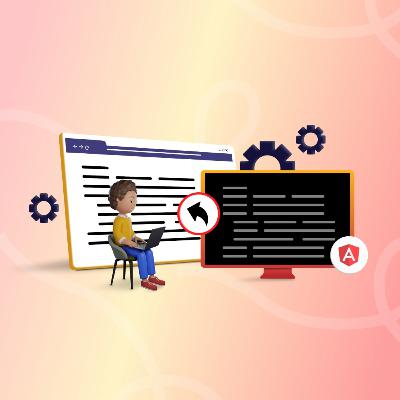Discover TechInsight Hub
TechInsight Hub

TechInsight Hub
Author: Syncfusion
Subscribed: 1Played: 2Subscribe
Share
© Syncfusion
Description
Welcome to TechInsight Hub, your central repository for cutting-edge technical wisdom. Immerse yourself in bite-sized, actionable insights and tips that transcend the coding realm. Whether you're a seasoned developer or just embarking on your coding journey, TechInsight Hub empowers you with the knowledge to elevate your skills. From debugging hacks to productivity boosts, each episode is a journey into the heart of efficient and effective coding. Subscribe now to become a part of the TechInsight Hub community and elevate your technical prowess. Let's dive deep into the world of code!
60 Episodes
Reverse
This episode will discuss creating a React app from scratch without CRA. You will learn to customize configurations and optimize performance from a tailored development experience.Bootstrapping a React app can be rewarding, whether you do it for learning purposes, custom configurations, or optimizing the app according to your use case. The easiest way to get started with React programming is by using create-react-app (CRA), a convenient tool that provides the initial boilerplate for the developer. However, this tool was recently deprecated, and there are scenarios where you want more control over the app or project setup. In the long run, knowing how to set up your React projects from scratch is better.For detailed information with code snippets, refer to the full article available on the Syncfusion Blog.
This episode will discuss the top five free JavaScript PDF Viewers and their key features, usability, customization options, and performance. Compare their capabilities to find the best fit for your needs.Portable document format (PDF) is widely used for sharing documents while preserving formatting across different devices and platforms. A PDF Viewer is a tool for opening, viewing, and interacting with PDF files.For detailed information with code snippets, refer to the full article available on the Syncfusion Blog.
This episode will focus on mastering asynchronous JavaScript using RxJS.
In the dynamic landscape of modern JavaScript development, efficiently handling asynchronous operations is paramount. RxJS (reactive extensions for JavaScript) is a powerful library developed to address this challenge, enabling developers to manage asynchronous data streams with elegance and precision.
For detailed information with code snippets, refer to the full article available on the Syncfusion Blog.
This episode will discuss 16 must-have NPM packages for any Node.js developer. We will discuss them in detail, including their key features, how to install them, and how to use them within your projects for better development workflows.
In web development, Node.js has proved to be among the best environments in which applications should be both effective and scalable. This is mainly attributed to the large ecosystem of packages at a developer's disposal through the Node Package Manager.
For detailed information with code snippets, refer to the full article available on the Syncfusion Blog.
This episode will discuss Framer Motion, one of the most popular animation libraries. It provides simplicity and flexibility and is designed to work with modern front-end frameworks like React.
Animations make your pages interactive, guide users, and make interactions interesting. Small visual motions on the page, such as user interaction, events, or page navigation, give a feel of liveliness, like we are interacting with a living thing responding to our actions.
For detailed information with code snippets, refer to the full article available on the Syncfusion Blog.
In today's episode, we will discuss how to fix JavaScript memory leaks instantly and boost app performance.
JavaScript memory leaks occur when allocated memory is not released after it's no longer needed, impacting performance and potentially causing crashes. This episode explores identifying, fixing, and preventing these leaks using various tools and techniques.
For detailed information with code snippets, refer to the full article available on the Syncfusion Blog.
This episode will discuss the top 5 Angular chart libraries.
Whether a simple sales dashboard or a complex, enterprise-grade analytics platform, every great application deserves an equally impressive way of showcasing its data. This podcast evaluates the top 5 Angular chart libraries: Syncfusion Charts, Highcharts, FusionCharts, ng2-charts, and ngx-echarts.
For detailed information with code snippets, refer to the full article available on the Syncfusion Blog.
This episode will discuss two popular JavaScript frameworks, Svelte and React, and help developers make informed decisions based on their project needs.
In 2025, the emphasis on choosing the right framework for front-end development is increasing at an unprecedented rate, making it more dynamic and faster-evolving than ever.
For detailed information with code snippets, refer to the full article available on the Syncfusion Blog.
This episode will discuss whether Webpack or Vite is the right bundler for you.
Webpack is a widely used bundler in web development that has been the de-facto standard for quite some time. However, within the last few years, Vite, a new member of the bundler community, has challenged Webpack's dominance with faster and more efficient builds.
For detailed information with code snippets, refer to the full article available on the Syncfusion Blog.
This episode will discuss how to create and connect micro frontends of different frameworks using single-spa
Micro Frontends have become a popular architectural style for scaling frontend apps, mainly when multiple teams work on different parts of a user interface. Single-spa is a JavaScript-based framework designed for micro frontend architecture. It allows you to build micro frontends using frameworks like Angular, React, and Vue and serve them as a single app.
For detailed information with code snippets, refer to the full article available on the Syncfusion Blog.
This episode will discuss Angular Signals, how they differ from Observables, and how they integrate into Angular’s existing ecosystem.
Angular has long been known for its powerful reactive tools, particularly its use of Observables, which efficiently handle asynchronous data and event streams. Angular signals offer a fresh, synchronous way to manage state changes that enhance UI performance by targeting only the elements affected by data updates. This makes Signals particularly useful for optimizing change detection, reducing unnecessary updates, and allowing developers to maintain a more responsive interface.
For detailed information with code snippets, refer to the full article available on the Syncfusion Blog.
This episode will discuss different, secure ways of storing JWT tokens in SPAs, identify potential web threats, and find ways to improve SPA security more.
Single-page applications (SPAs) render only a single HTML page and change its content when the user interacts with it. Angular, React, and Vue.js are some of the most popular SPA frameworks available, and developers often use them for modern web apps since they enable quick transitions between pages.
For detailed information with code snippets, refer to the full article available on the Syncfusion Blog.
This episode will discuss some of Outten’s takeaways from 'All Things Open'.
At All Things Open, a conference about new open-source technologies and pertinent topics held annually in Raleigh, North Carolina, Syncfusion’s VP of Business Development, Marissa Keller Outten, attended the session 'From Closed Doors to Open Communication: A Journey to Transparency,' presented by Addie Girouard of Third Man Agency".
For detailed information with code snippets, refer to the full article available on the Syncfusion Blog.
This episode will discuss some of Outten's takeaways from 'All Things Open'.
At All Things Open, a conference about new open-source technologies and pertinent topics held annually in Raleigh, North Carolina, Syncfusion's VP of Business Development, Marissa Keller Outten, attended the session 'From Closed Doors to Open Communication: A Journey to Transparency,' presented by Addie Girouard of Third Man Agency".
For detailed information with code snippets, refer to the full article available on the Syncfusion Blog.
This episode will discuss 'All Things Open', a conference about new open-source technologies and pertinent topics held annually in Raleigh, North Carolina. Syncfusion's VP of Business Development, Marissa Keller Outten, attended the session, 'Managing the Project-Product Tug of War.' Emily Omier, an independent open-source software consultant, presented the session.
For detailed information, refer to the full article available on the Syncfusion Blog.
This episode will discuss zoneless change detection, an experimental feature introduced by Angular 18 to replace Zone.js. It improves performance by manually controlling when change detection occurs, reducing unnecessary cycles, and enhancing app efficiency.
For detailed information with code snippets, refer to the full article available on the Syncfusion Blog.
This episode will discuss how we can protect our web apps against the security threats introduced by third-party libraries using content security policies.
Today’s web applications are more complicated than four to five years ago. They heavily depend on third-party services to deliver complex user requirements. While such libraries ease the work of developers in implementing complicated features, their use also exposes apps to attack.
For detailed information with code snippets, refer to the full article available on the Syncfusion Blog.
This episode will discuss the differences between build-time and runtime integration in micro frontends. Micro frontend architecture is a technique for splitting an app’s frontend into smaller, easier-to-manage modules.
For detailed information with code snippets, refer to the full article available on the Syncfusion Blog.
This episode will discuss two effective techniques for sharing reusable Angular components across projects: Angular Workspaces and NPM Packages.
For detailed information with code snippets, refer to the full article available on the Syncfusion Blog.
This episode will discuss best practices for API mocking in unit tests aimed at developers.
API mocking simplifies testing by simulating API responses, improving performance, reliability, and control. This episode explains strategies and best practices for unit testing.
For detailed information with code snippets, refer to the full article available on the Syncfusion Blog.




